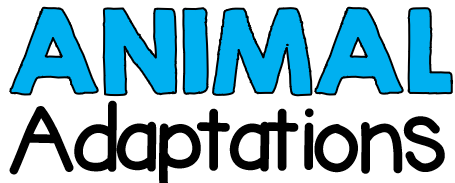Have you had a chance to read this one yet? It could very well be my new favourite read aloud! I have really enjoyed books by the Fan Brothers in the past (Scarecrow is really beautiful!), but this one is definitely my favourite.
From Amazon:
"Deep underground beneath Perfect Pets, where children can buy genetically engineered "perfect" creatures, there is a secret lab. Barnabus and his friends live in this lab, but none of them is perfect. They are all Failed Projects. Barnabus has never been outside his tiny bell jar, yet he dreams of one day seeing the world above ground that his pal Pip the cockroach has told him about: a world with green hills and trees, and buildings that reach all the way to the sky, lit with their own stars. But Barnabus may have to reach the outside world sooner than he thought, because the Green Rubber Suits are about to recycle all Failed Projects . . . and Barnabus doesn't want to be made into a fluffier pet with bigger eyes. He just wants to be himself. So he decides it's time for he and the others to escape. With his little trunk and a lot of cooperation and courage, Barnabus sets out to find freedom -- and a place where he and his friends can finally be accepted for who they are."
The story has a great message about working together to achieve the impossible, and loving yourself for who you truly are. The illustrations are really beautiful as well. And honestly, how can you really going wrong when the main character is a mouse/elephant hybrid who loves peanuts and cheese?!
When I saw it at the bookstore I knew I had absolutely had to have it for my classroom, and immediately started thinking of ways to incorporate it into our learning.
We have been working really hard on our reading strategies lately - visualizing, determining importance, big idea (author's message), and summarizing. I decided to put together an activity that combined it all. We worked on completing this template over several days - I re-read the story to the class each time we worked on it.

































